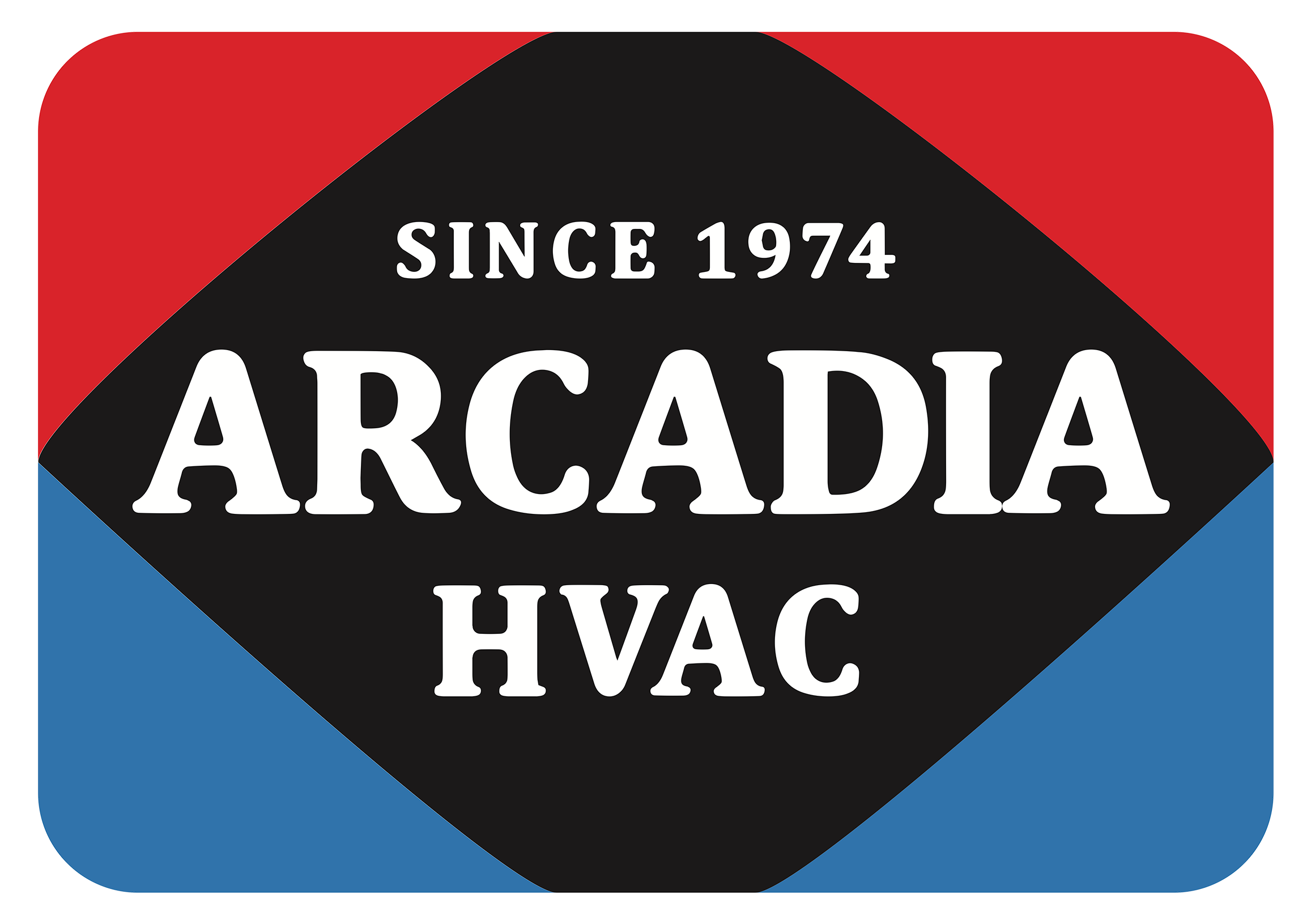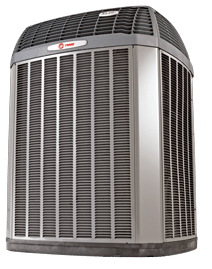Heating and cooling system terms can be confusing to those who are new to them. For instance, many companies brag about SEER ratings in ads and on their packages. These companies claim their systems have the highest efficiency around, but what does “SEER” mean for you and your Duluth, GA home?
Understaning SEER Ratings?
“SEER” stands for Seasonal Energy Efficiency Ratio, which is a value that represents the ratio of the cooling output of an AC unit over a season divided by the energy it consumed. Basically, the SEER rating is a number that represents how efficiently your air conditioner runs over a period of time.
HVAC Efficiencies Vary Throughout the Year
When you’re shopping around for a new air conditioner, remember that the higher the SEER rating, the more efficient the system. However, it’s also important to know that a unit’s SEER rating shows how efficient the unit can be, not how efficient the group runs all the time. You can think of a SEER rating the way you think of your vehicle’s fuel efficiency. It might get 40 miles per gallon in good conditions on the highway, but it isn’t nearly as efficient when in bumper to bumper traffic.
Advances in HVAC Efficiency
AC systems made during the 1970s and 1980s used to have SEER ratings of about eight or nine. In modern units, AC efficiency is greatly improved. Some states require HVAC companies to sell AC units with a minimum SEER rating of 14, while others have no restrictions. A SEER rating in the low-20s is generally considered a good number. However, remember that the SEER rating only shows the maximum AC efficiency. Even though your AC unit may operate at a SEER of 22 at night when it’s cool, the SEER will probably be lower on sweltering hot summer days.
At Arcadia HVAC, we offer a wide variety of Bryant air conditioning units with high SEER ratings. For more information about SEER ratings and AC efficiency, call us at (770) 814-6220.




